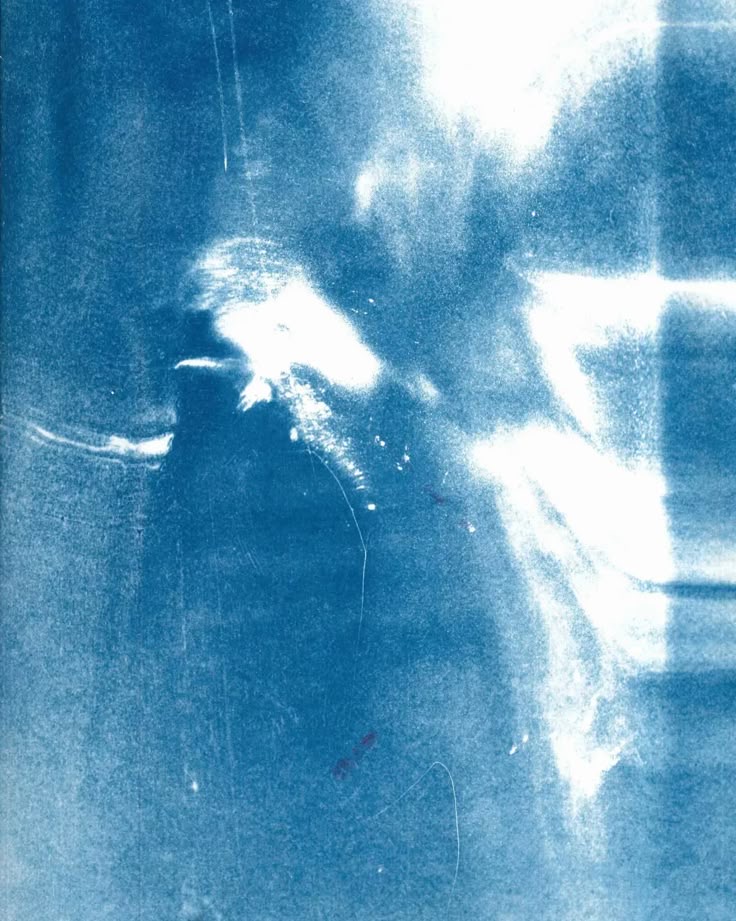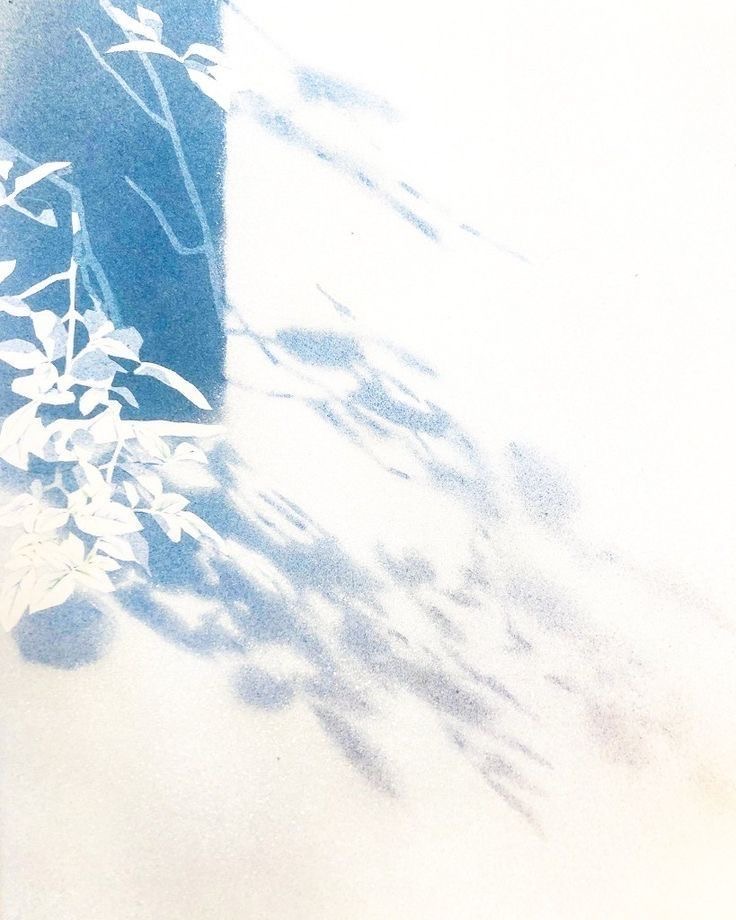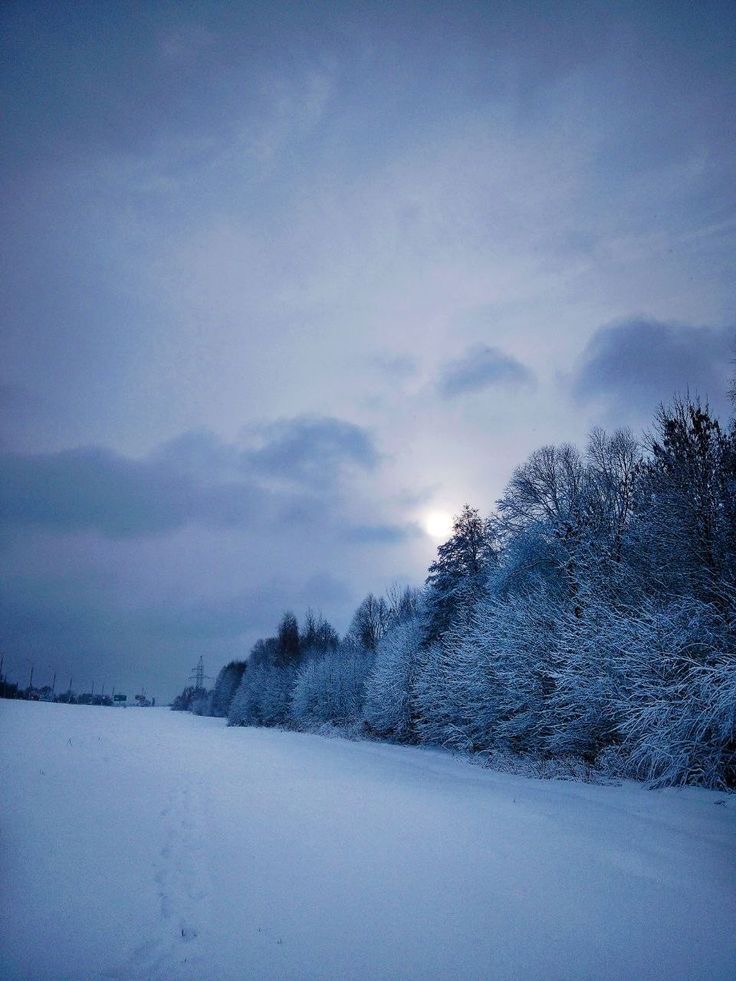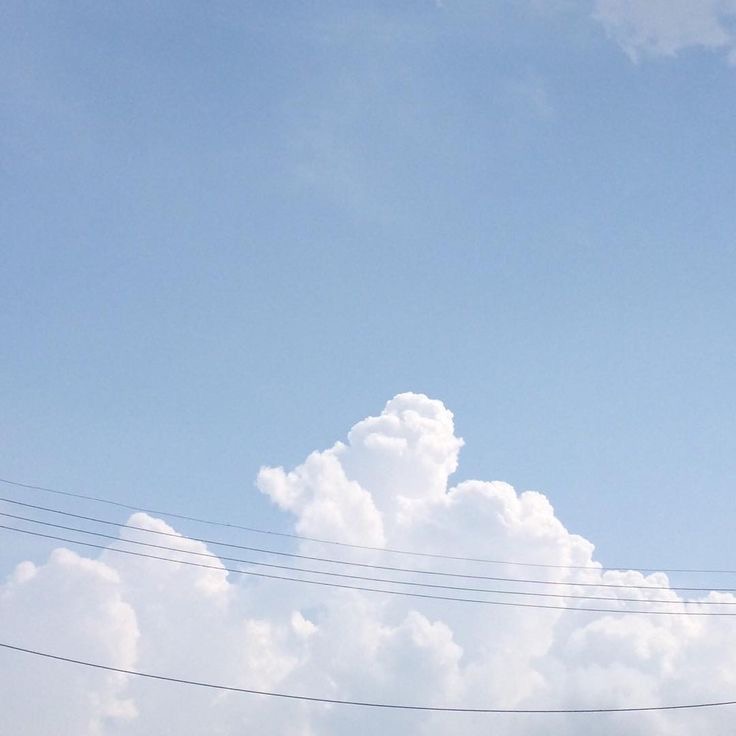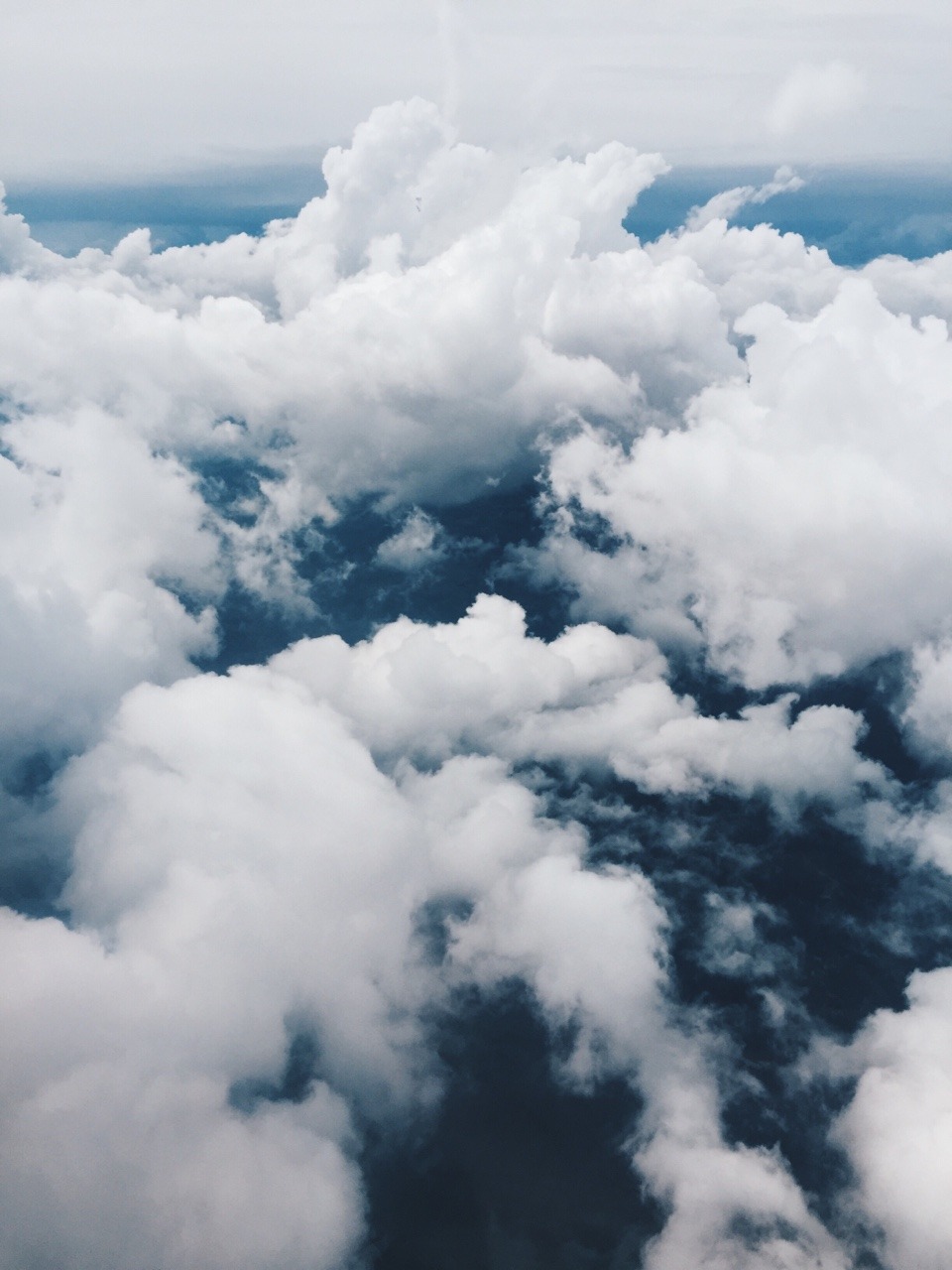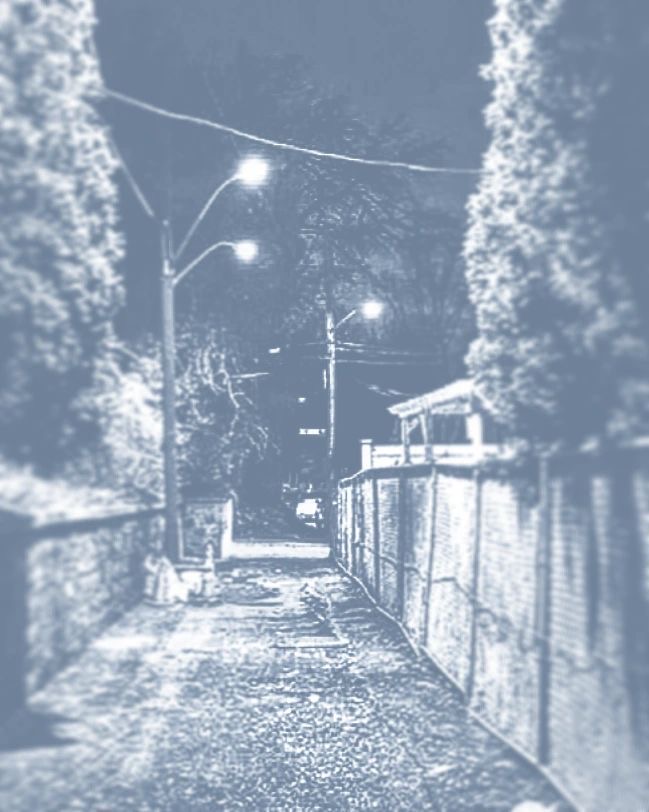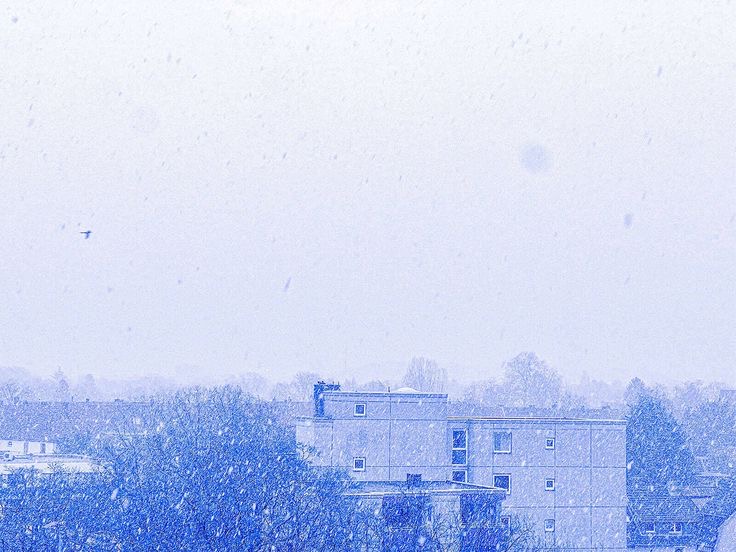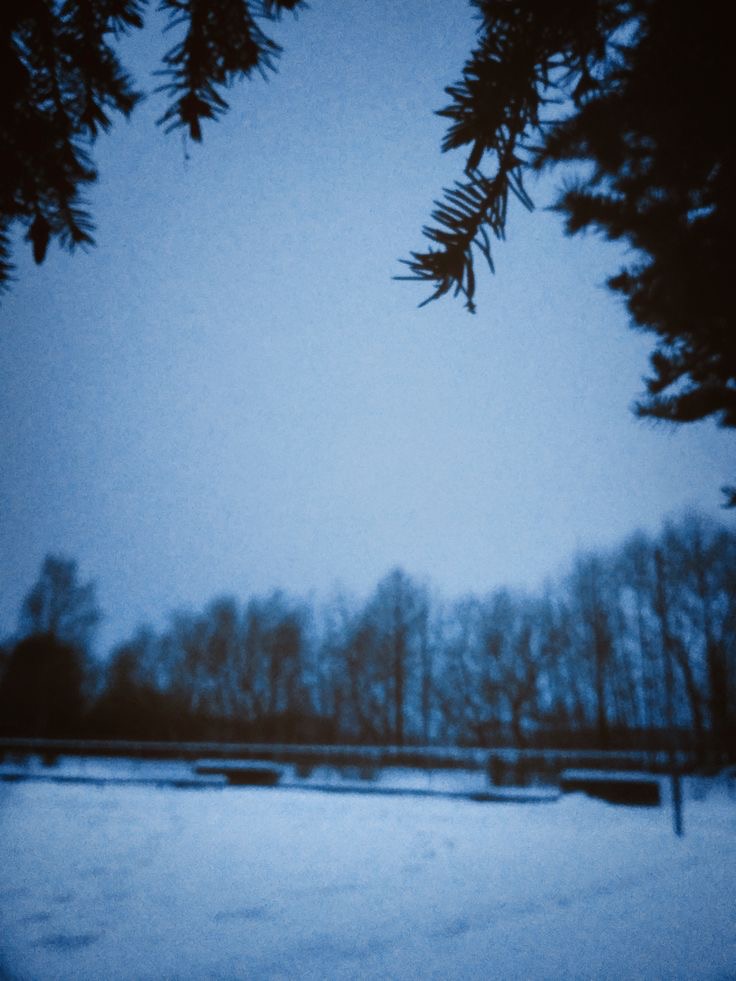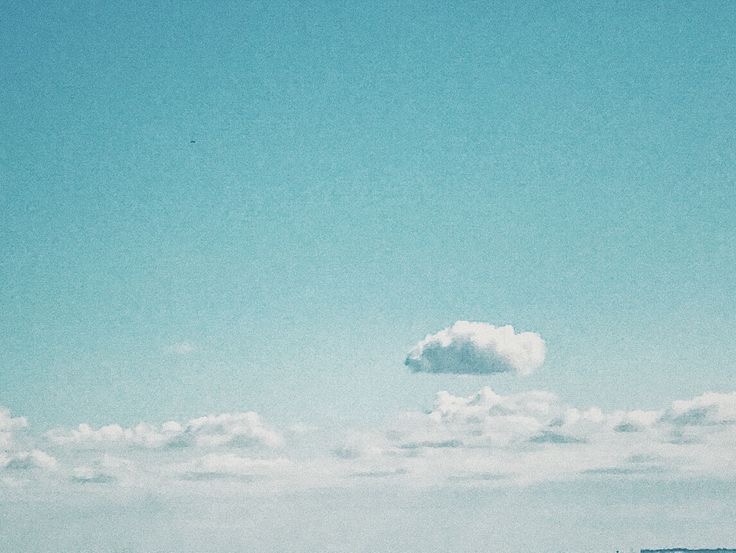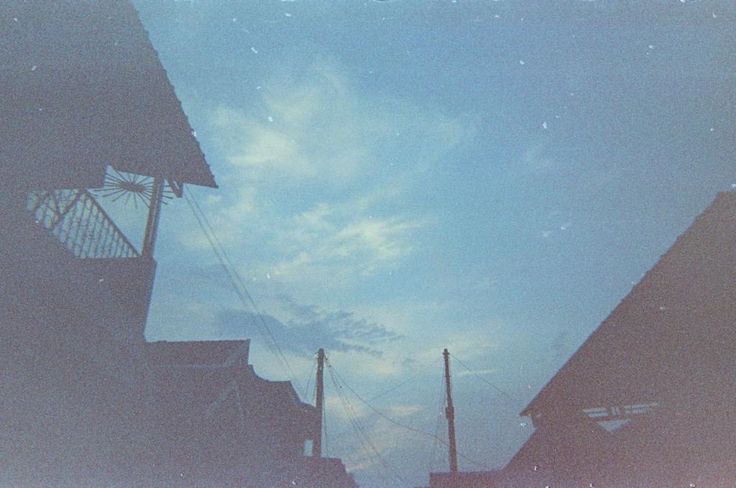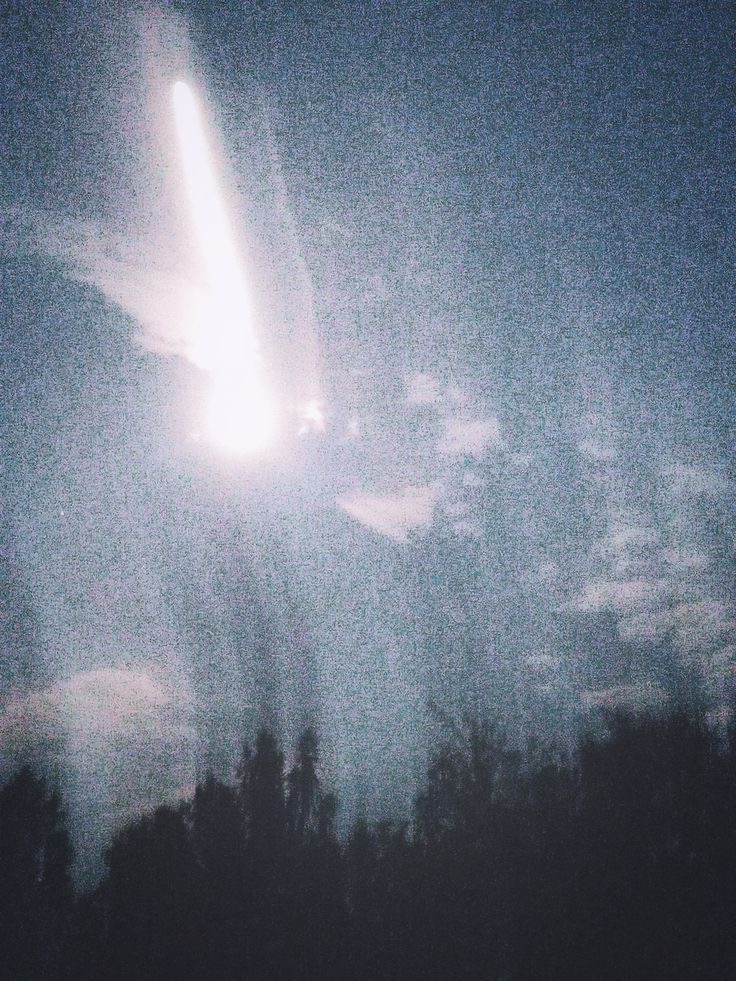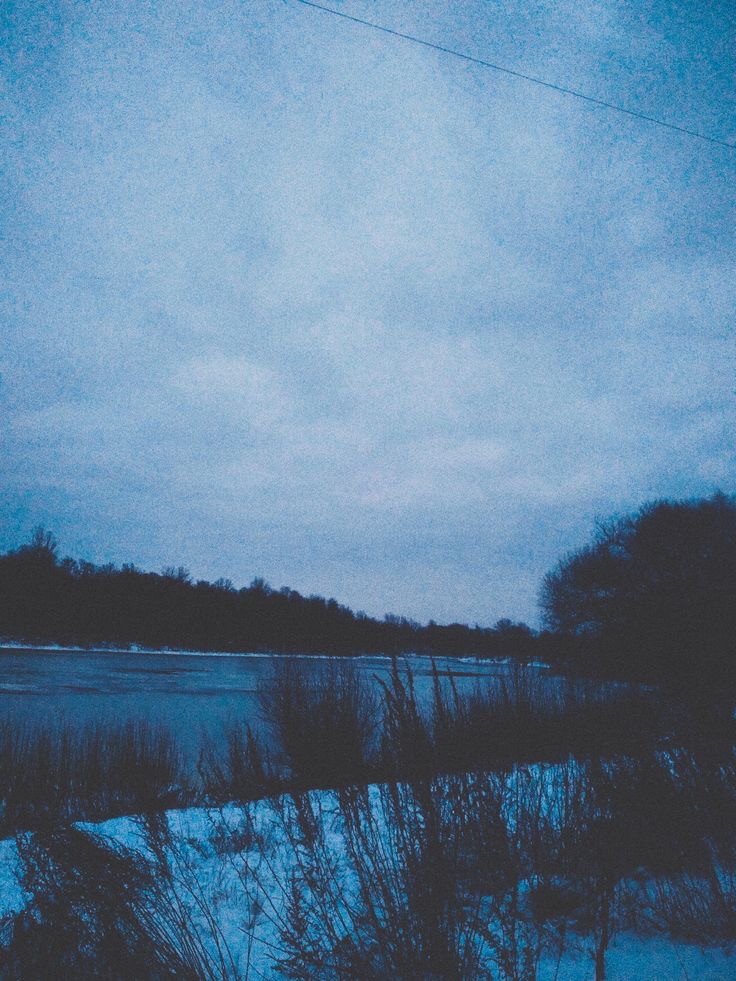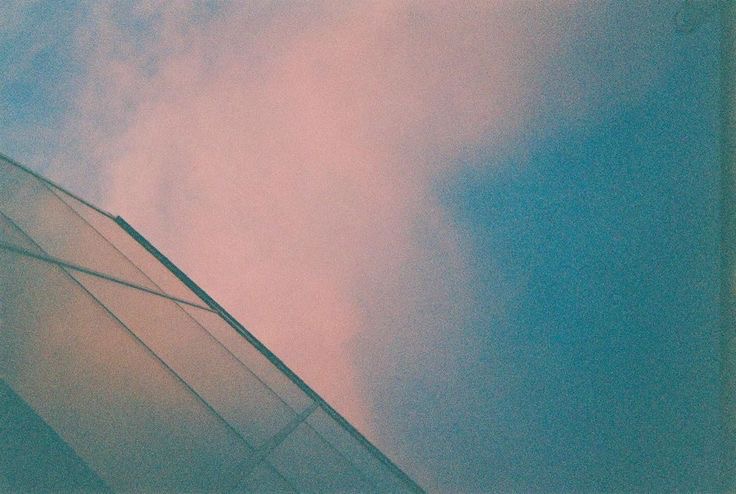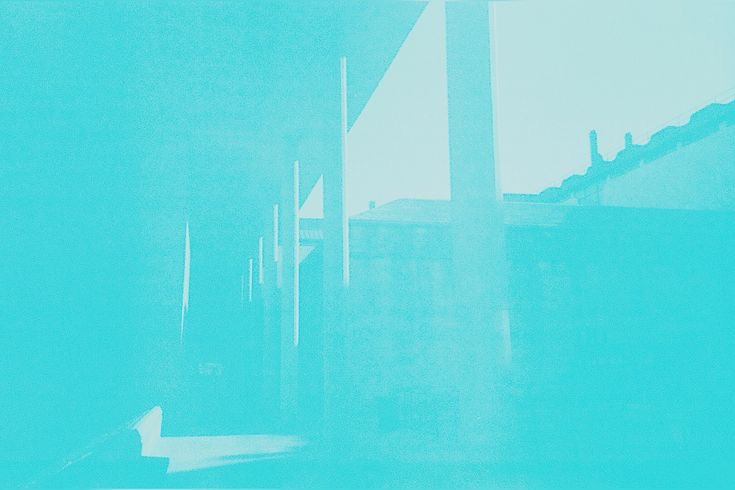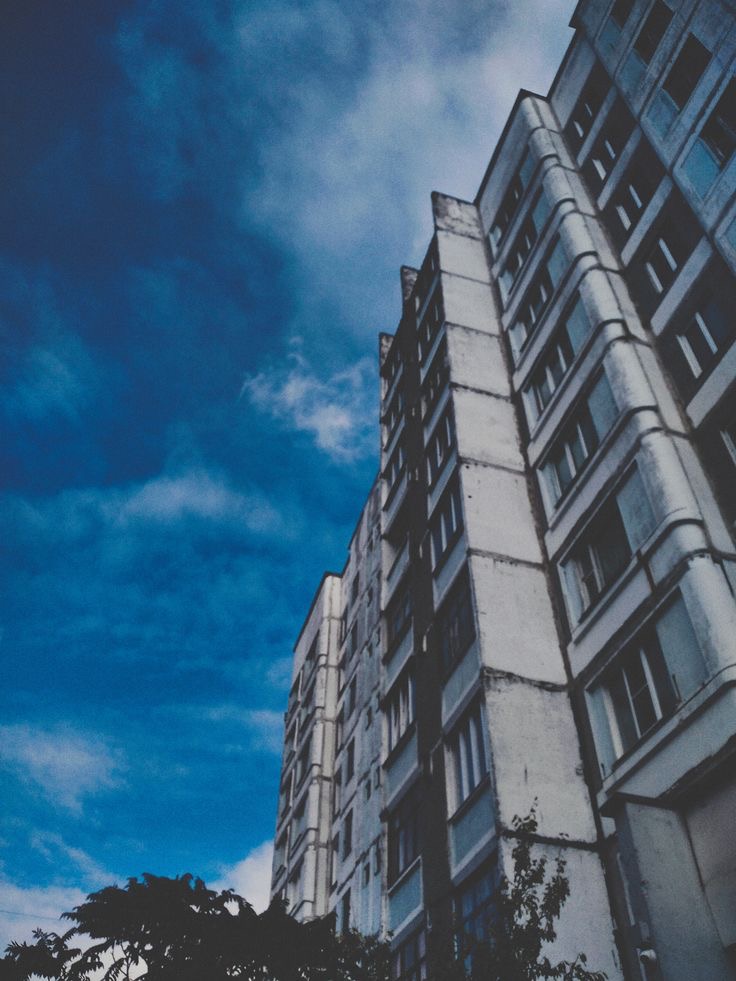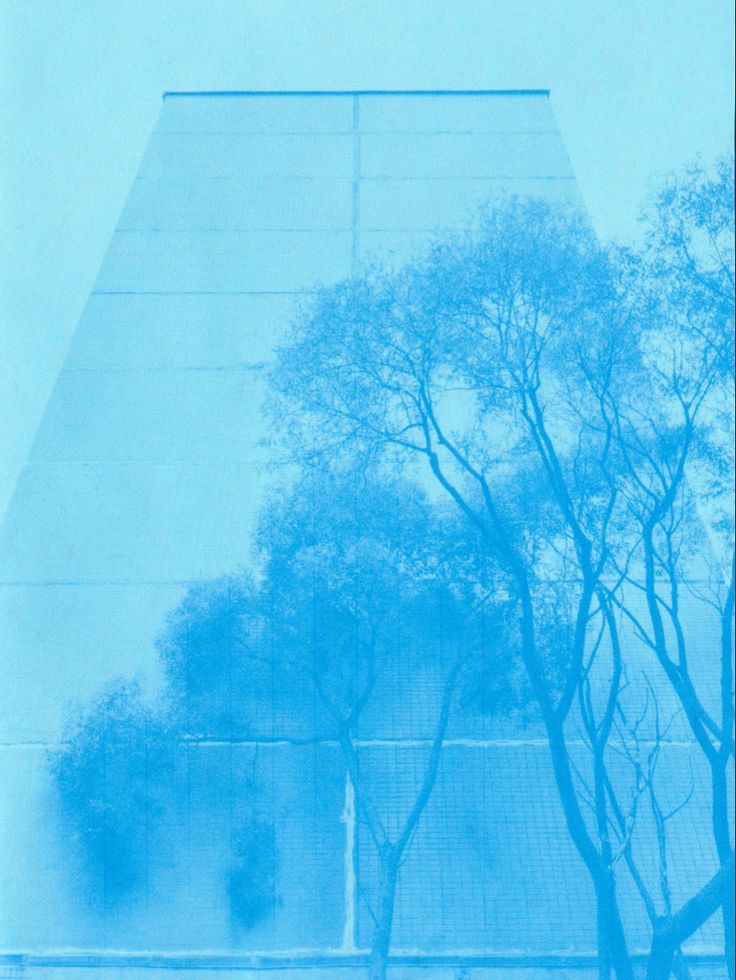German Hell I.
That’s the title of this photograph.
Typically, I prefer to write based on images that inspire me. But this one confounds me. I feel the need to discuss it more as a critic than as someone moved by the art.
What makes it so confusing? Well, I’m from Canada. It snows here all the time. In Vancouver, where I live, it rains more than it snows, but if you head east for an hour or so into the mountains, there’s snow everywhere. I’ve never thought of snow as hell. I don’t understand why it would be. To me, snow is almost healthy—it means a fresh intake of water. It doesn’t come all at once; it dissipates, melts, and nourishes the land. It gives life. So how can snow be hell?
And isn’t it odd to call it that? When we think of hell, we think of fire and brimstone. Yet here we have snow, cold and quiet. But still, I kept wondering: Why is this called German Hell?
Is it about monotony? The photo is certainly monochromatic. But monotony, to me, isn’t hell. It can be boring, sure, but as I get older, I find myself treasuring it. Hell isn’t monotony—it’s the unexpected, the chaos: a cancer diagnosis, a car crash. That’s hell. Moments of joy are wonderful, but if you had them all the time, they’d just become another routine. Joy only counts as joy because it’s exceptional.
So where’s the hell in this picture? The only thing I can think of is the buildings—specifically, the apartment buildings. But I’m not German. I don’t know the cultural context behind this architecture. From my perspective, these buildings seem fine. Minimalist. Simple. Affordable. If Vancouver had more housing like this, I’d probably be thrilled. Shelter is better than no shelter, especially in a snowstorm. People can freeze to death out there.
The photographer is a student. And when you’re a student, especially an art student, you see the world through a limited lens—a 20-year lens. Some context is missing.
I grew up in low-income housing. My mother, a single mom, couldn’t always afford groceries or new clothes. I went to school in tattered shoes—my only pair. Teachers scolded my mom for not buying me new ones, but she simply couldn’t afford them. This was in the ’80s. At the time, I thought I had it bad. But then I met people from truly impoverished places—places with no rule of law, where social housing doesn’t exist, where you’re lucky if you know where your next meal is coming from, if there even is a next meal, if no one steals it first. In some countries, children don’t even get to have a childhood—someone with power sweeps in, kills their family, and forces them into an army. That’s hell.
So if this—this quiet, snowy scene—is “German Hell,” then German hell seems kind of nice. And whatever German hell exists now is surely better than German hell 80 years ago. Or even 40.
I’m not trying to criticize the artist too harshly. Maybe I don’t fully understand their work. Maybe this place is deeply personal to them, linked to some traumatic event. Who am I to say? I can only speculate. But at the same time, the artist wants us to see this and connect with it. They want us to feel something.
And I do. I like the art. I like the mood, the snow, the buildings, the trees. I like the temperature of this photo.
But the title? German Hell?
That’s where they lost me.
Photo credit: Nico Waldemar Dabek
@blue
